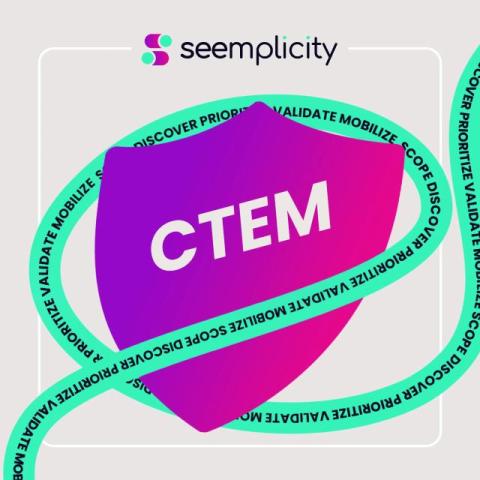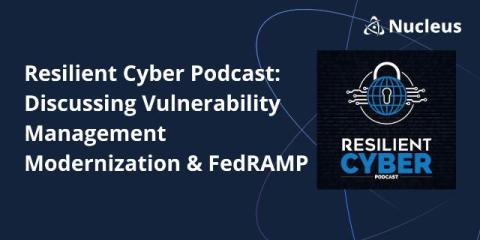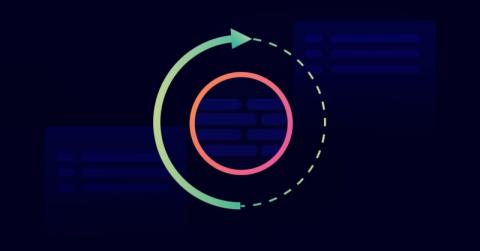Breaking Down the Phases of CTEM
Continuous Threat Exposure Management (CTEM) serves as a strategic framework for evaluating an organization’s security posture. CTEM is specifically designed to identify and address vulnerabilities and other security gaps within an organization’s digital infrastructure. In essence, CTEM is a systematic approach to fortify cyber defenses and mitigate potential security risks effectively. Gartner, which created CTEM, sees it as a sort of Vulnerability Management 2.0.











